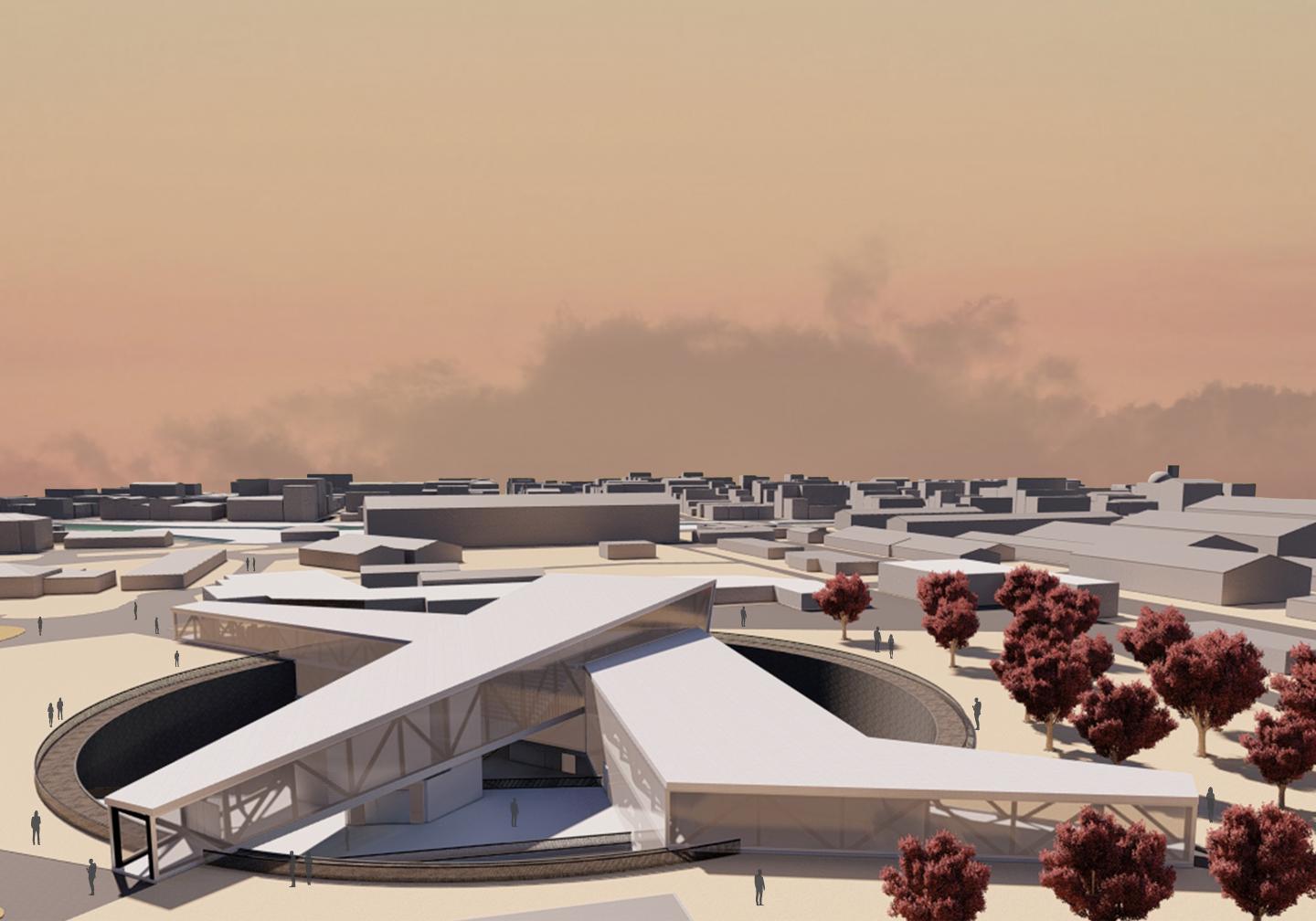Pollution and depletion of the water resources in the world brings with the problem of water scarcity. This problem becomes a prominent and widespread problem and chaining socially and economically causes many problems. The most important problem is the sustainability of ecosystems under threat. Increased population, climate change, and bad water management are the main causes of water scarcity. Water management is a whole of planning, coordination, organization, monitoring, management, and enforcement activities that will ensure optimum beneficial use of water resources, taking into account the demands of all segments of the community. Water management manages: drinking water, using water, waste water, rainwater and natural systems (Lake-Stream-Wetland-Aquifer-Sea). Integrated water resources management is the process of managing, and developing water, soil, and related resources in coordination with the aim of maximizing economic and social welfare with an egalitarian approach, without compromising the sustainability of vital ecosystems. Integrated water management is a set of functions to be created for the planning, organization and control of water systems in a way to balance the expectations, and demands of all segments. It is aimed to provide social integrity by considering all water related sections and ecological integrity when water systems is considered. The most important things in integrated water management are; participation and data. Data mining is the art of extracting meaningful information from a large amount of data. The purpose of this design is to be an interface in which data related to water is collected and compiled, as in data mining, and it becomes meaningful information with the participation of the public. With this design entity, it will be the creator and protector of the collective memory of society. Data on water will be collected, and data produced by new research will be collected in data warehouse. These collected data will be blended with the work and ideas of the public and researchers, and new water management policies and water systems will be developed. The building is placed on an artificially opened hole. In this hole, rain water is also collected and mixed with groundwater. In other words, the water visible under the structure also enables users to connect visually with water. The paths that can be walked in the crevices created on the perimeter of the hole provide a pleasant experience for the visitors.
2020
2020
The design is located Halkapınar, İzmir, Turkey. Towards the end of the 19th century, when severe water scarcity problem prevented the development of the city of Izmir and the sultan agreed with a Belgian company to seek new water resources. As a result of the research, a system was developed for the development of water resources in Halkapınar and water was provided to the city. Halkapınar water resources have been an important water resource until today. Halkapınar is an area that integrates with water in the city's memory due to its historical structures, and being a water management center today. There is an old water factory building and İZSU administrative buildings in the area. There was a lake in the area, but now, it is dry. The dried up Halkapınar lake area was a public area where people used to socialize. Halkapınar is the most suitable place for a design that has a memory of knowledge and a policy with the participation of the public, which is a way to manage the water best. Apart from being the data center of this design, the dried lake land was chosen for the design to have the function of reviving the location of the area in the city memory.
The program is divided into three part. The first part is data collection and knowledge production spaces where existing data on water and water management is collected and new data is produced. The spaces of this part are as follows: research units (blue water department, green water department, and gray water department), water archive, data warehouse and library. The second part is communication spaces where the society has accessed to data and discussion environments are formed. The spaces of second part are as follows: experience spaces, colocium spaces, exhibitions, amphi, meeting areas, co-working spaces, conference hall, seminar hall and foyers. The last part of the program is management spaces where the data turns into meaningful information and policies with the participation ofthe public. The spaces of last part are: water policy development units, water system trial and development units and meeting rooms.
Fatma Dik
Favorited 4 times










